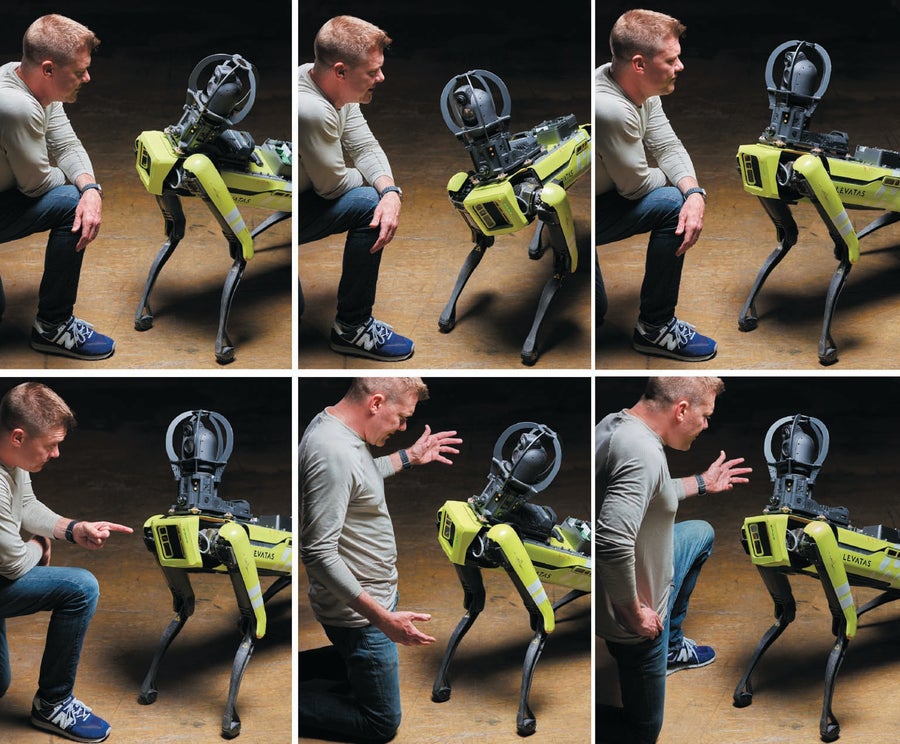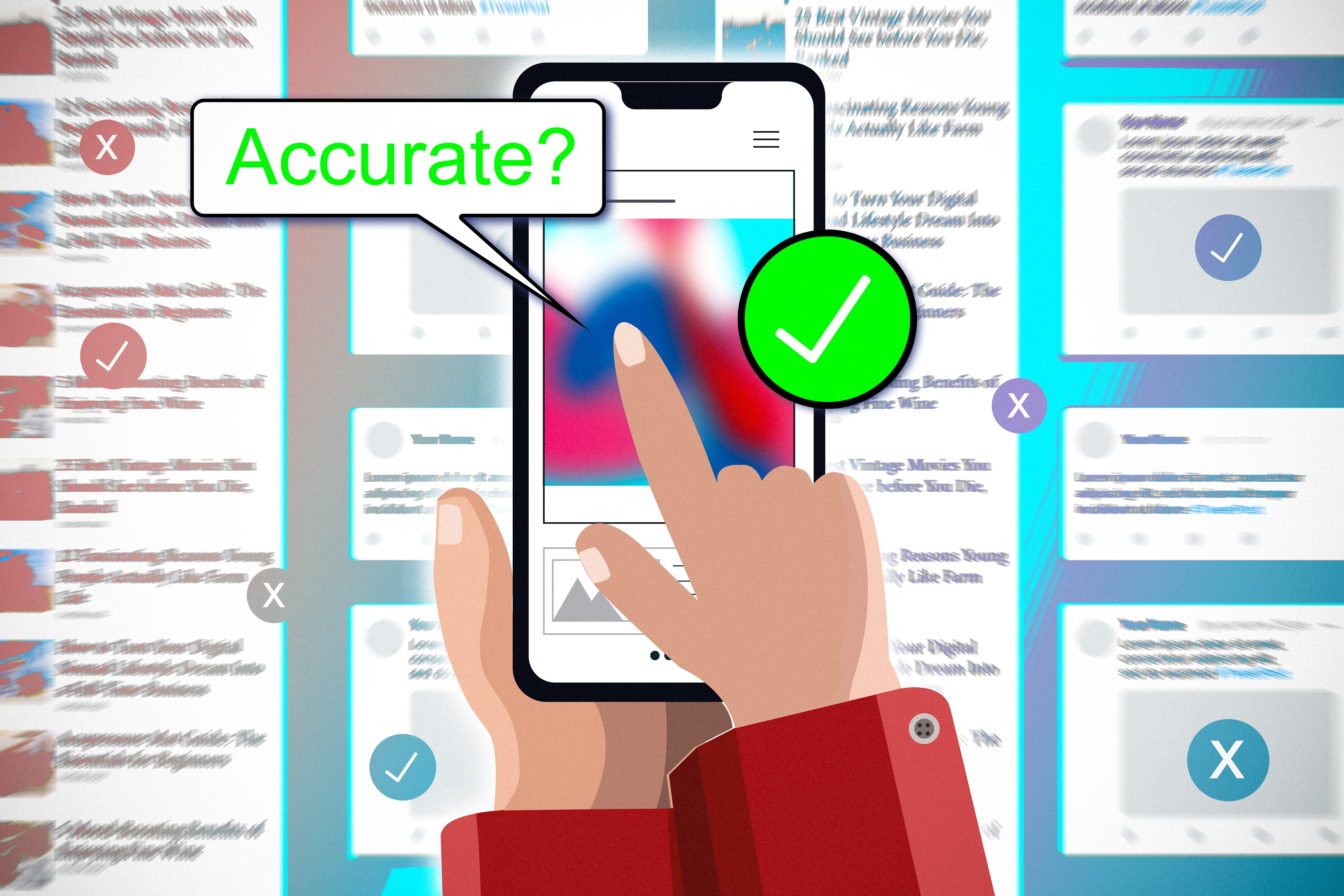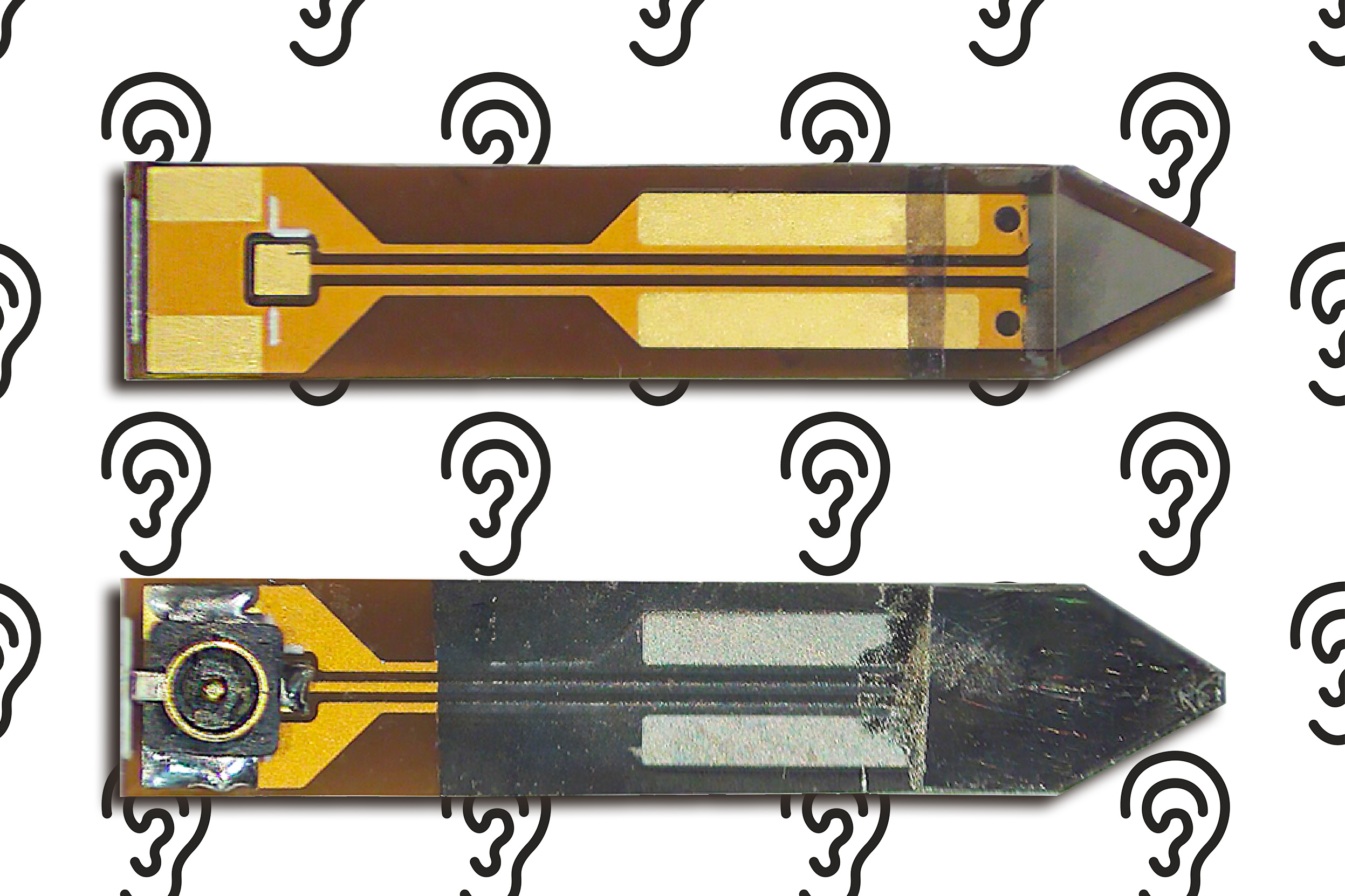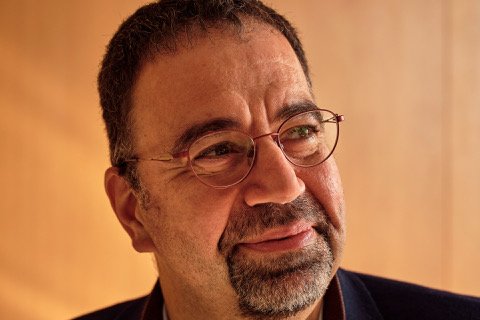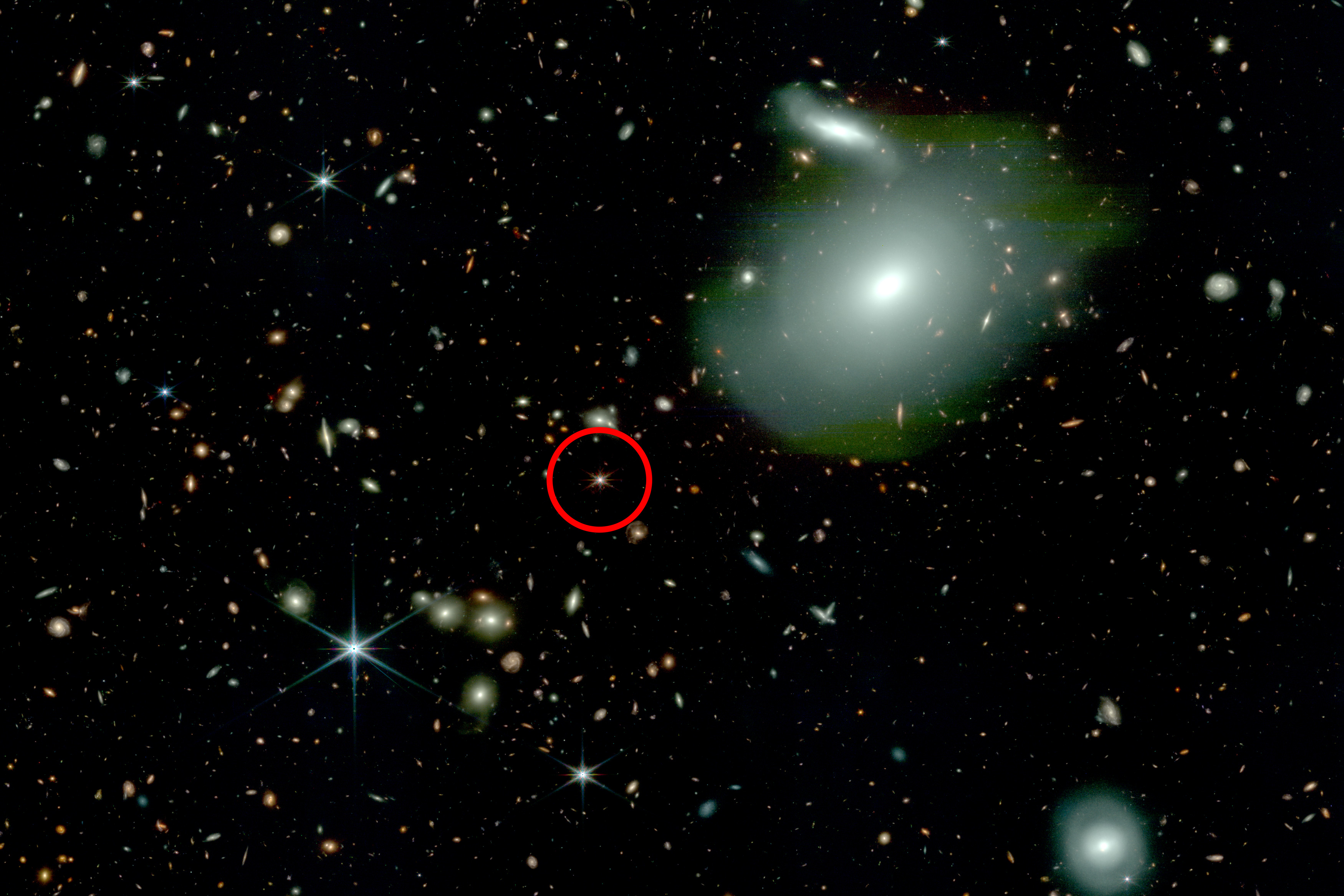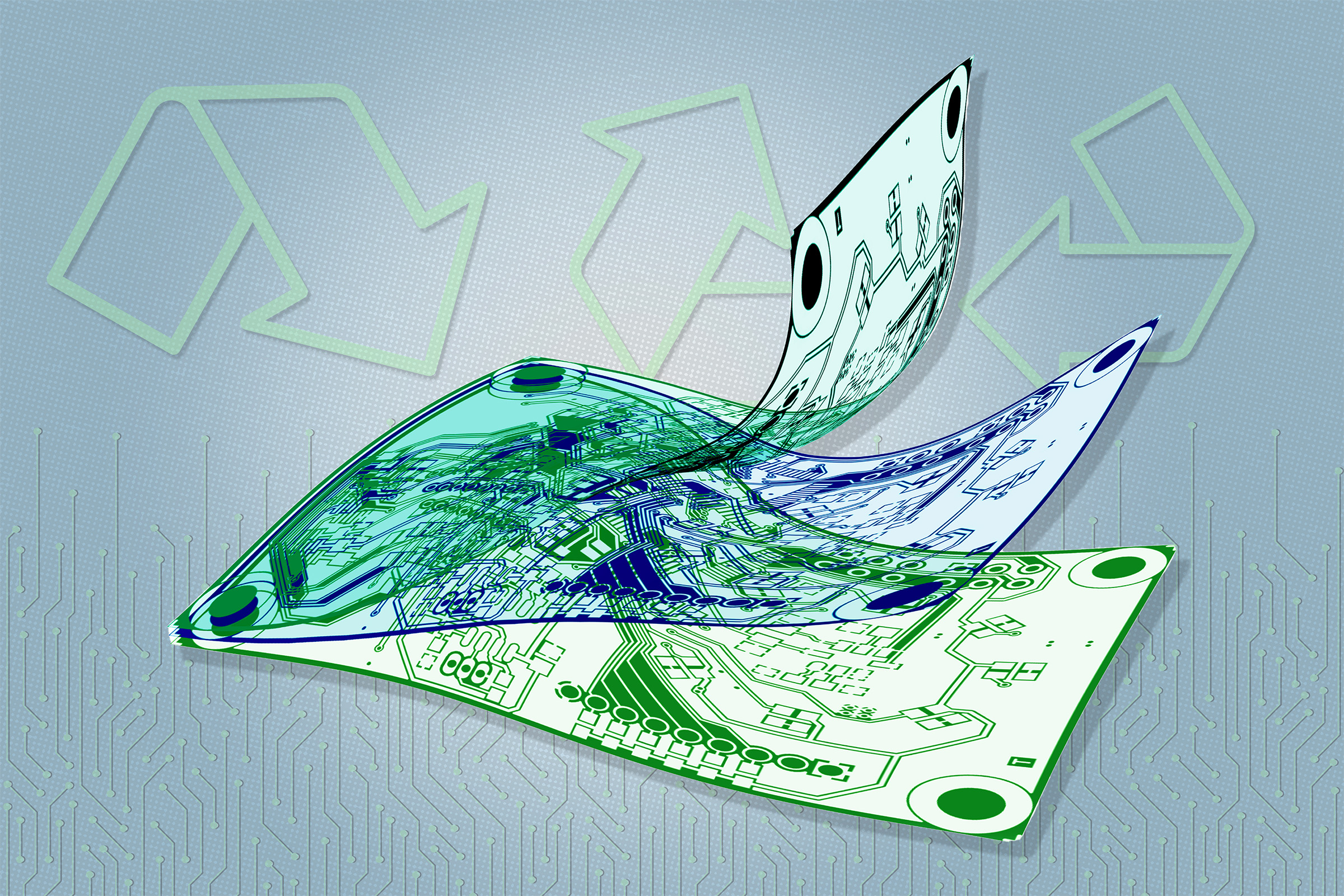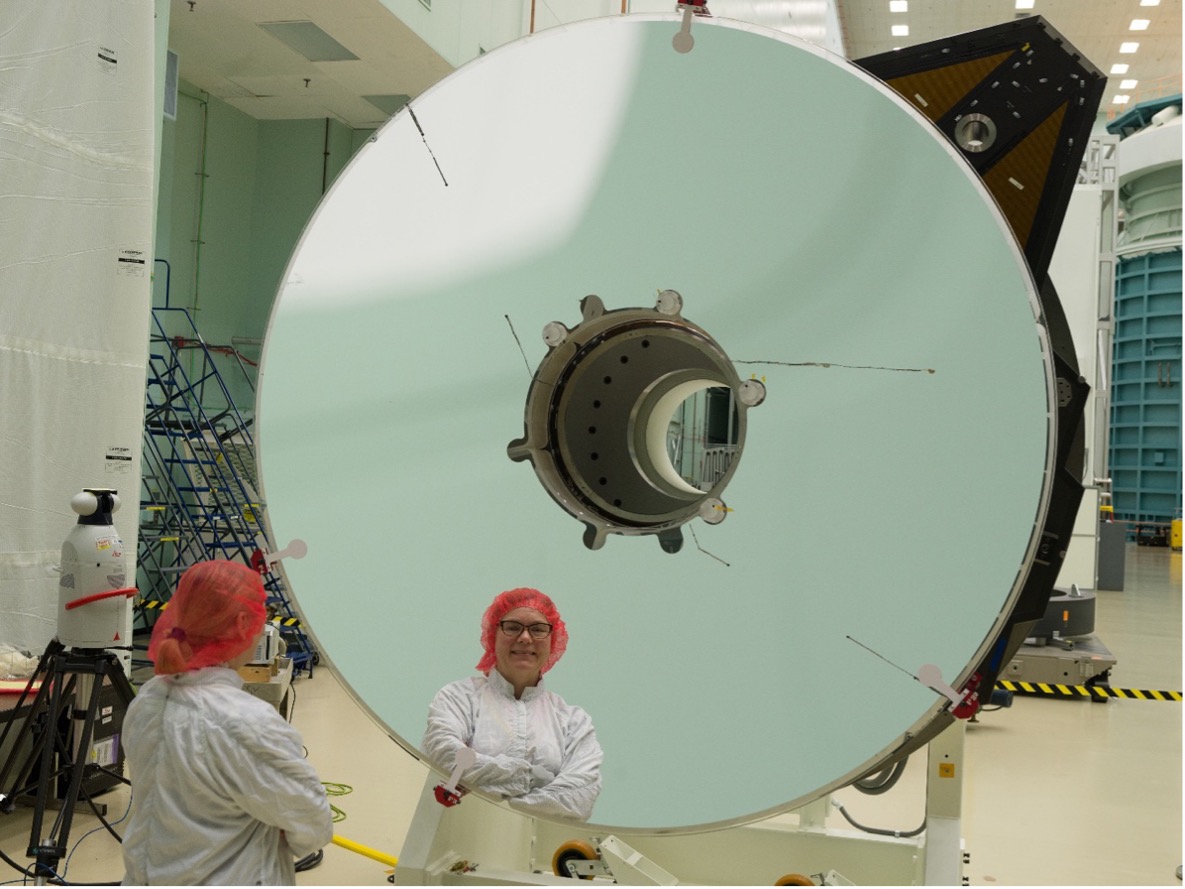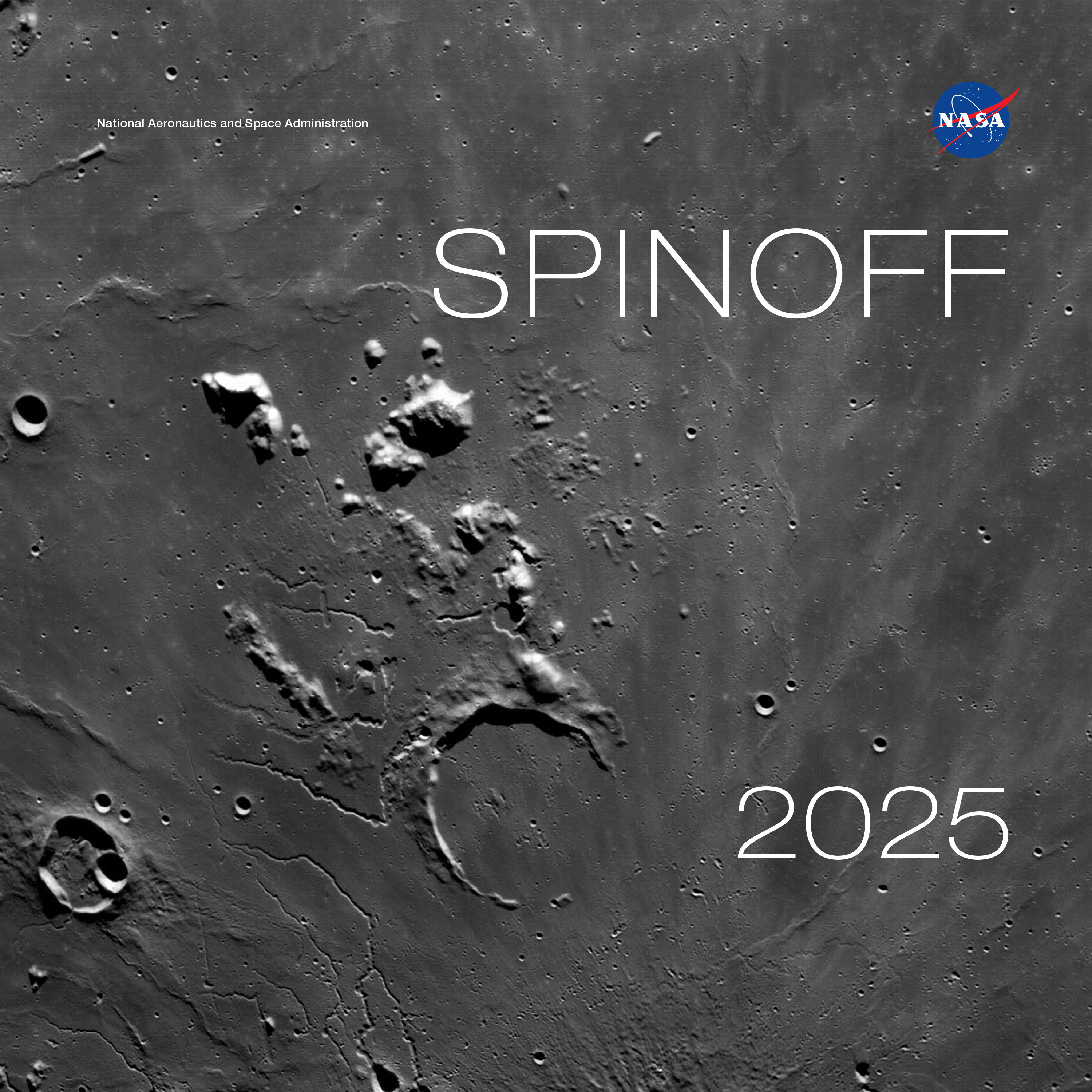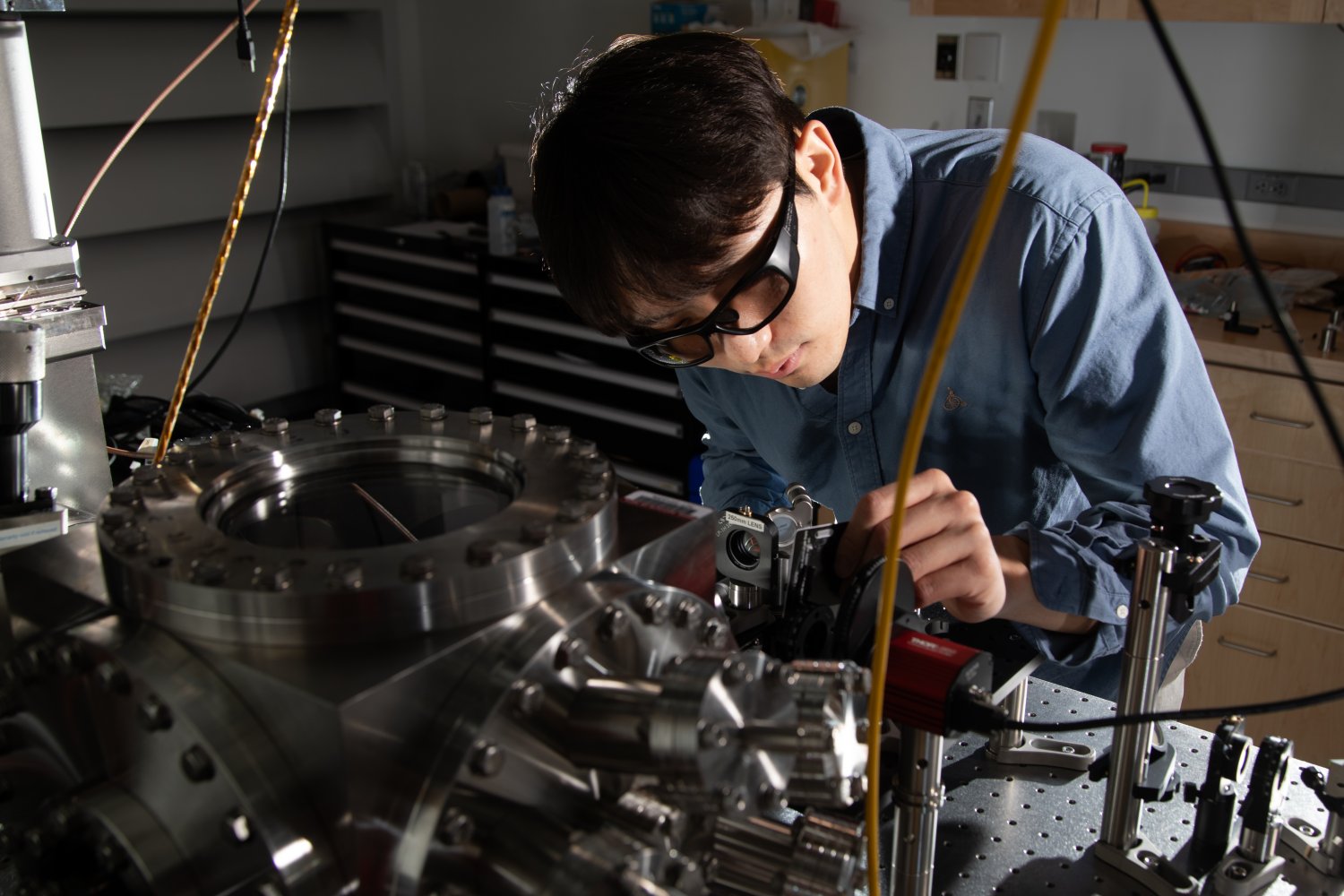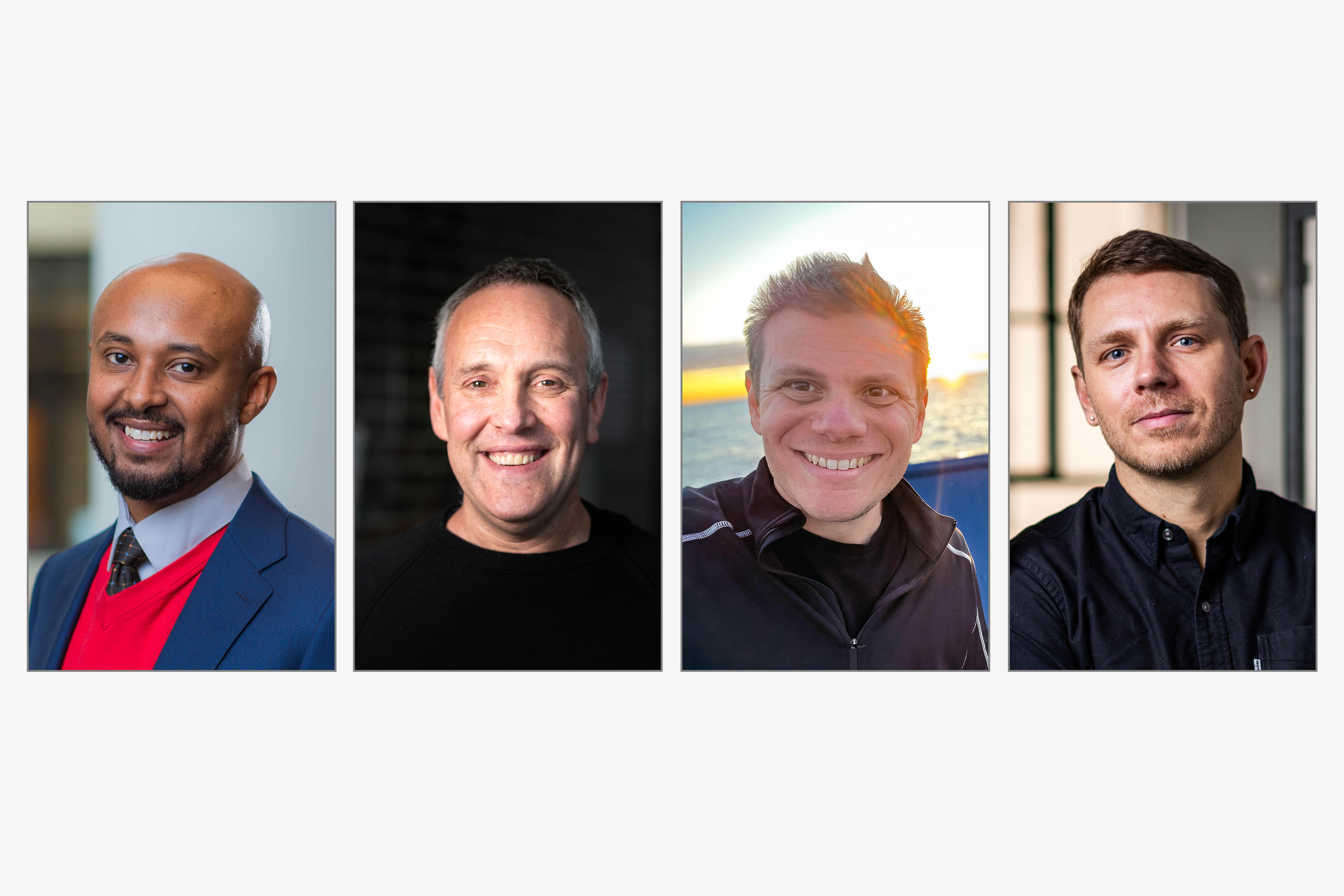The competition for kindergarten through 12th grade students focuses on the enabling power of radioisotopes. Students were challenged to learn how NASA has powered some of its most famous science missions and to dream up how their personal “superpower” would energize their own radioisotope-powered science mission.
Judges narrowed down over a seventeen hundred creative essays to 45 semi-finalists, who received prize packs, nine finalists, who participated in a videoconference with NASA experts, and three winners, who were awarded with a visit to NASA Glenn.
“I’m so impressed by the work of these talented young students,” said Dr. Wanda Peters, acting deputy center director at NASA Glenn. “It’s wonderful to see their interest, innovation, and creativity at this stage in their lives. Our future is bright!”
“I’m so impressed by the work of these talented young students. It’s wonderful to see their interest, innovation, and creativity at this stage in their lives. Our future is bright!

The next day students and their families traveled to GLSC, which houses NASA Glenn’s Visitor Center. Accompanied by members of NASA’s Radioisotope Power Systems (RPS) team, the group toured the visitor center and explored the many interactive displays.
“It was our pleasure to host the three student winners of The Power to Explore Challenge, and I hope that this visit will further inspire and motivate them to pursue their interests in science and exploration,” said Carl Sandifer, manager for NASA’s RPS Program. “We are so impressed by the ideas and quality of the essays submitted this year and we can’t wait to what new ideas student come up with for next year’s challenge!”
The Power to Explore Challenge asked students to learn about the RPS, one of NASA’s “nuclear batteries” it uses to explore some of the most extreme destinations in our solar system and beyond. Students then wrote about their own power to achieve goals in 250 words or less.
ABOUT THE CHALLENGE:
Power to Explore is a national essay challenge that asks students in grades K-12 to learn about Radioisotope Power Systems (RPS), a type of “nuclear battery” that NASA uses to explore some of the most extreme destinations in our solar system and beyond, and then write about, in 250 words or less, an RPS-powered space mission that would energize their space exploration dreams.
ABOUT FUTURE ENGINEERS:
Future Engineers hosts online contests and challenges for K-12 students. Previous challenges have helped produce historic achievements – from naming NASA’s Perseverance rover to manufacturing the first student-designed 3D print in space. All challenges are offered free for student and classroom participation. For more information, visit futureengineers.org. Follow Future Engineers on Twitter, Facebook, and Instagram.
Media Contact:
Kristin Jansen
Public Affairs Specialist
Office of Communications
NASA RPS Program
Phone: 216-296-2203
Email: kristin.m.jansen@nasa.gov
New AI system uncovers hidden cell subtypes, boosts precision medicine
CellLENS reveals hidden patterns in cell behavior within tissues, offering deeper insights into cell heterogeneity — vital for advancing cancer immunotherapy.
Simulation-based pipeline tailors training data for dexterous robots
The PhysicsGen system, developed by MIT researchers, helps robots handle items in homes and factories by tailoring training data to a particular machine.
Walk-through screening system enhances security at airports nationwide
Lincoln Laboratory's 3D microwave imaging technology for detecting concealed threats was integrated into HEXWAVE, commercially developed by Liberty Defense.
A bionic knee integrated into tissue can restore natural movement
In a small clinical study, users of this prosthesis navigated more easily and said the limb felt more like part of their body.
NASA’s Roman Space Telescope Team Installs Observatory’s Solar Panels – NASA
On June 14 and 16, technicians installed solar panels onto NASA’s Nancy Grace Roman Space Telescope, one of the final steps in assembling the observatory. Collectively called the Solar Array Sun Shield, these panels will power and shade the observatory, enabling all the mission’s observations and helping keep the instruments cool. “At this point, the […]
NASA’s Roman Space Telescope Team Installs Observatory’s Solar Panels – NASA
On June 14 and 16, technicians installed solar panels onto NASA’s Nancy Grace Roman Space Telescope, one of the final steps in assembling the observatory. Collectively called the Solar Array Sun Shield, these panels will power and shade the observatory, enabling all the mission’s observations and helping keep the instruments cool. “At this point, the […]

